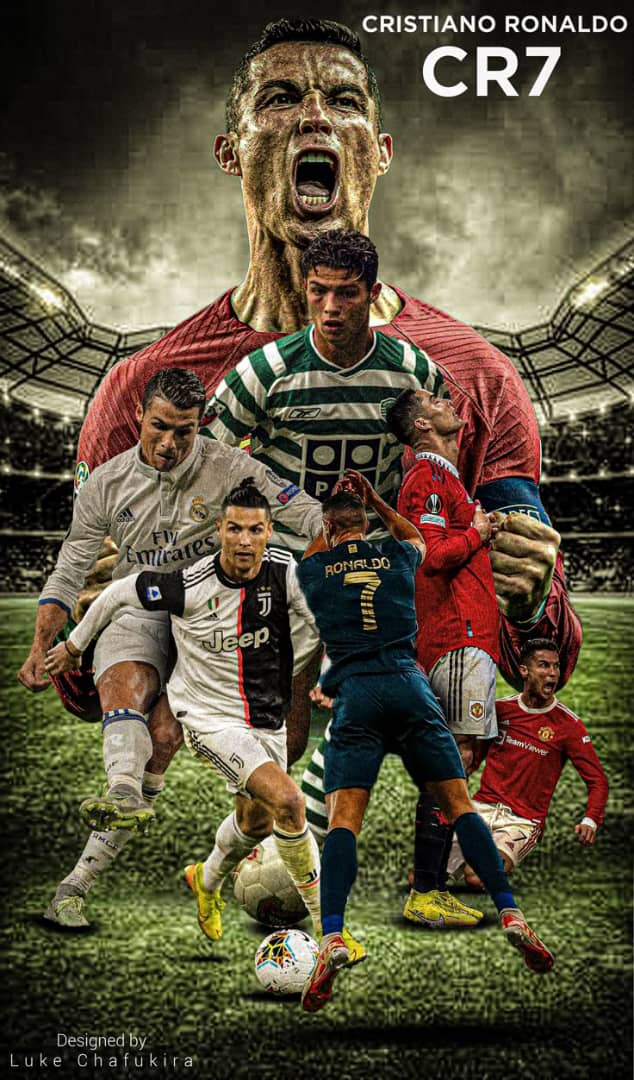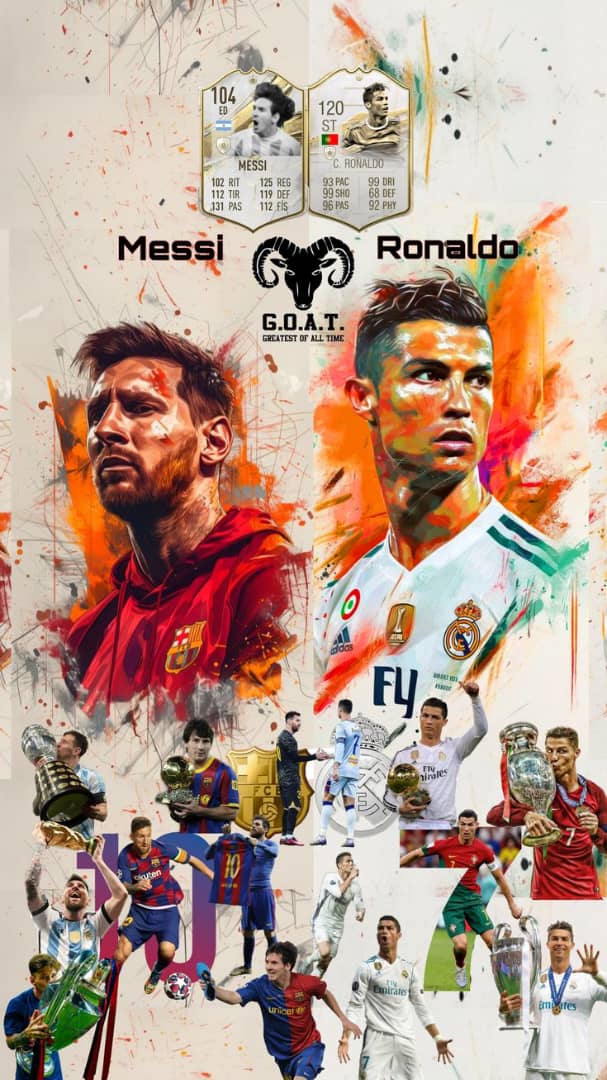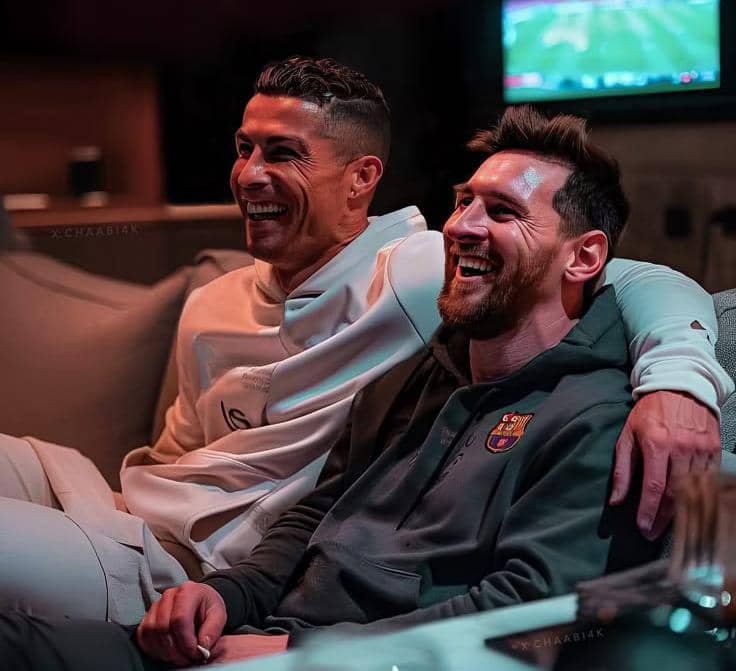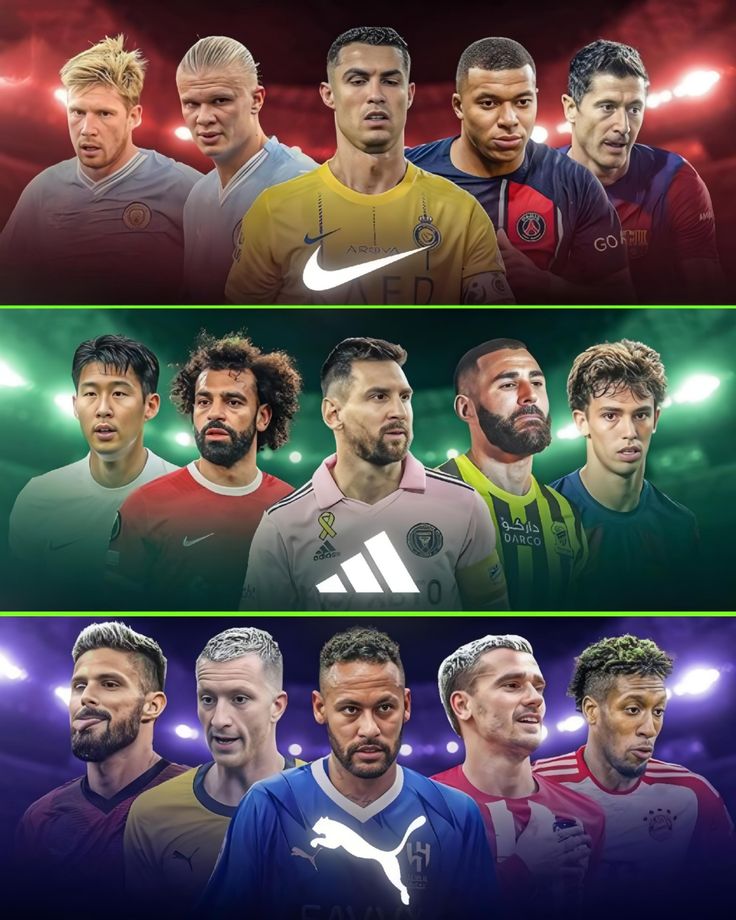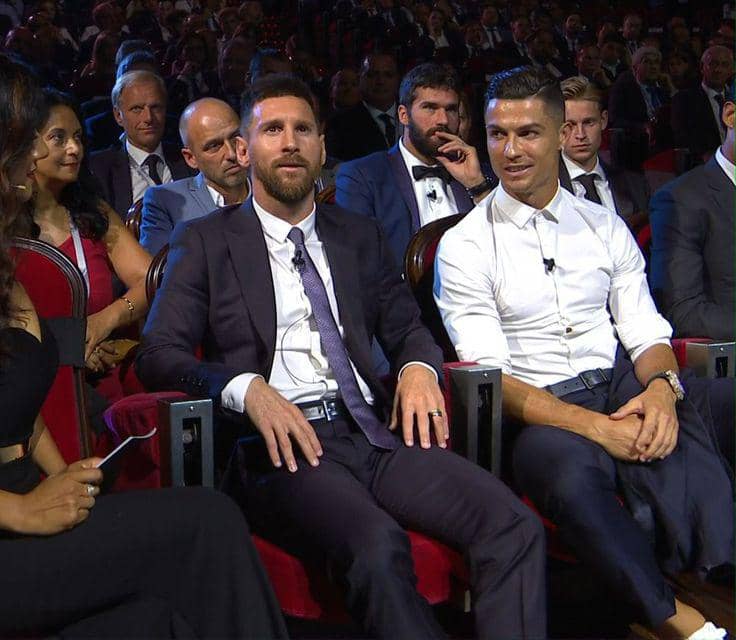
Table of Contents
- Introduction
- What Is Football Scouting?
- History and Evolution of Talent Scouting
- Key Qualities Scouts Look For
- Types of Scouts and Their Roles
- The Role of Technology and Data in Scouting
- Talent Identification in Grassroots Football
- The Scouting Process Step by Step
- Scouting at School and College Levels
- Football Academies: Foundations of Development
- Training Phases in Youth Development
- Individualized Coaching and Positional Training
- Tactical and Psychological Development
- Balancing Education and Football
- The Role of Parents in Talent Development
- Regional and National Youth Competitions
- How Players Get Noticed by Scouts
- Player Trials and What to Expect
- Signing a Youth Contract: Rights and Responsibilities
- The Role of Agents in Youth Football
- Mental and Emotional Development of Young Athletes
- Nutrition and Physical Growth Management
- Combating Early Specialization and Burnout
- The Importance of Multisport Backgrounds
- Managing Injuries and Recovery in Young Players
- The Role of Elite Development Programs
- Club vs Country: Managing Dual Responsibilities
- The Path to First Team Football
- Case Studies of Famous Players Scouted Young
- Conclusion: The Future of Talent Development
1. Introduction
Every professional footballer begins the same way—*as a kid with a dream. But how does a young player go from kicking a ball in the street to lifting trophies on the world stage? The answer lies in a long, complex, and structured process of *scouting and development.
In this guide, we will explore everything from how scouts identify talent to how clubs nurture that talent through academies, mentorship, competition, and training—ultimately shaping the stars of tomorrow.
2. What Is Football Scouting?
Scouting is the process of identifying and evaluating young football talent. It involves observing, analyzing, and recommending players to clubs, academies, or national federations. It is both an art and a science—relying on instinct, experience, data, and understanding of the game.
3. History and Evolution of Talent Scouting
Early scouting was informal—word of mouth and recommendations. But with football’s commercialization, scouting became a structured system.
- 1970s–1980s: Scouts worked locally, attending school games.
- 1990s–2000s: Rise of academies and global networks.
- 2010s–Present: Use of video, AI, GPS tracking, and data analytics.
Clubs now invest millions into scouting departments, both for local and international talent.
4. Key Qualities Scouts Look For
Scouts look for raw potential, not just current ability. Some of the core qualities include:
- Technical ability (touch, control, passing)
- Football IQ (decision-making, spatial awareness)
- Athleticism (pace, stamina, balance)
- Mentality (attitude, resilience, discipline)
- Tactical adaptability
- Growth potential (physique, mindset, trainability)
Scouts often ask: “Can this player improve within our system?”
5. Types of Scouts and Their Roles
- Talent Scouts: Observe matches and players
- Analytical Scouts: Study video and data
- Regional Scouts: Focus on local clubs and schools
- National Scouts: Operate across larger geographies
- International Scouts: Source overseas talent
- Opposition Scouts: Analyze rivals (not for youth development)
6. The Role of Technology and Data in Scouting
Modern scouting is powered by data platforms like:
- Wyscout
- Instat
- HUDL
- StatsPerform
- GPS and heart-rate trackers
Clubs can assess passing accuracy, sprint speed, heatmaps, and more—especially useful for confirming in-person impressions.
7. Talent Identification in Grassroots Football
Many future stars are found in:
- School competitions
- Local club tournaments
- Community leagues
- Street football
Scouts look for natural flair, game intelligence, and competitive hunger—even in informal settings.
8. The Scouting Process Step by Step
- Observation: Watch live matches or video footage
- Evaluation: Rate performance based on benchmarks
- Reporting: Write detailed reports for club academy staff
- Recommendation: Player invited for trials or further observation
- Decision: Offer training or academy spot
This can take weeks to months, with multiple scouts giving input.
9. Scouting at School and College Levels
In many countries, school competitions are heavily scouted. Colleges with strong programs (especially in the US and UK) serve as alternative pipelines to professional football or scholarships.
10. Football Academies: Foundations of Development
Top clubs have elite academies focused on:
- Holistic development
- Quality coaching
- Competitive fixtures
- Academic support
- Physical and mental training
Examples: La Masia (Barcelona), Ajax Academy, Clairefontaine (France), Manchester City Academy
11. Training Phases in Youth Development
- Foundation Phase (5–11): Basic skills, fun, coordination
- Youth Development Phase (12–16): Position-specific skills, team tactics
- Professional Development Phase (17–21): High-level competition, first-team transition
Training is age-specific, balancing challenge with enjoyment.
12. Individualized Coaching and Positional Training
Players are given:
- Technical sessions
- Tactical role training
- Position-specific drills (e.g., fullback overlaps, striker finishing)
- Performance reviews with coaches
Every player has an Individual Development Plan (IDP).
13. Tactical and Psychological Development
Modern football requires:
- Tactical intelligence (e.g., pressing, spacing, formations)
- Emotional regulation
- Confidence in decision-making
- Leadership and communication
Academies use psychologists and video analysis to build awareness and discipline.
14. Balancing Education and Football
Clubs often partner with schools or run their own academies:
- Classes tailored around training
- Academic goals monitored
- Life skills training (finance, media, language)
- Career alternatives if football doesn’t work out
Education ensures a safety net.
15. The Role of Parents in Talent Development
Parents must:
- Provide support, not pressure
- Maintain open communication with coaches
- Encourage academic balance
- Be financially and emotionally involved
- Avoid “living through” the child
Parental influence can be transformative—or destructive.
16. Regional and National Youth Competitions
These include:
- U12–U18 national leagues
- UEFA Youth League
- School and regional tournaments
- Elite showcase tournaments (Gothia Cup, Dallas Cup)
Scouts often attend to watch high-pressure performance.
17. How Players Get Noticed by Scouts
Ways to increase visibility:
- Play for a club in a competitive league
- Attend open trials or scout camps
- Have highlight videos on social media or YouTube
- Join recognized training academies
- Be consistent over multiple matches
Scouts trust performance over time, not hype.
18. Player Trials and What to Expect
Trials usually include:
- Warmups and technical drills
- Small-sided games
- Tactical sessions
- Match play
- Attitude and fitness evaluations
What matters: coachability, attitude, and adaptability—not just flashy tricks.
19. Signing a Youth Contract: Rights and Responsibilities
Key elements:
- Duration (often 1–3 years)
- Training schedule
- Education plans
- Club expectations
- Welfare support
- Potential scholarships or stipends
Players under 16 often require parental consent.
20. The Role of Agents in Youth Football
Agents can:
- Negotiate contracts
- Offer legal protection
- Manage image rights
- Arrange trials
However, agents should only be involved when a player is close to a professional level. Parents must be careful of exploitation.
21. Mental and Emotional Development of Young Athletes
Mental training includes:
- Visualization
- Focus techniques
- Emotional regulation
- Managing failure
- Goal setting
Clubs often employ sports psychologists to help youth cope with pressure.
22. Nutrition and Physical Growth Management
Young players are guided on:
- Balanced diets
- Hydration
- Recovery routines
- Avoiding energy drinks
- Sleep quality
Physical development is monitored closely, especially during growth spurts.
23. Combating Early Specialization and Burnout
Dangers of early specialization:
- Injuries
- Loss of passion
- Anxiety
- Imbalance in skillset
Top academies now encourage multi-sport participation and proper rest.
24. The Importance of Multisport Backgrounds
Playing other sports (basketball, swimming, track) improves:
- Coordination
- Motor skills
- Spatial awareness
- Overall athleticism
This creates well-rounded athletes, reducing injury risk and burnout.
25. Managing Injuries and Recovery in Young Players
Important practices:
- Physiotherapy and rehab
- Rest periods
- Modified training
- Emotional support
- Avoiding premature return
Injuries can be pivotal in development—how a player reacts often defines their future.
26. The Role of Elite Development Programs
Examples include:
- England’s EPPP
- Spain’s National Youth Program
- France’s INF Clairefontaine
- US Development Academies
These are pipeline programs linking talent to clubs and national teams.
27. Club vs Country: Managing Dual Responsibilities
Youth internationals must:
- Juggle club and national team schedules
- Adapt to different systems
- Manage travel fatigue
- Maintain academic performance
Clubs and federations coordinate to protect the athlete’s well-being and growth.
28. The Path to First Team Football
Not every academy player turns pro, but the steps are:
- U18 or U23 performance
- Loan to smaller clubs
- Preseason with first team
- Substitute appearances
- Starting roles
Breakthrough moments vary—some shine early (e.g., Mbappé), others develop slowly (e.g., Jamie Vardy).
29. Case Studies of Famous Players Scouted Young
- Lionel Messi – Spotted by Barcelona at age 13 due to GHD diagnosis
- Cristiano Ronaldo – Moved to Sporting CP from Madeira, caught Man Utd’s attention
- Neymar – Known in Brazil by 14, signed pro at 17
- Marcus Rashford – Joined Manchester United academy at 7
- Erling Haaland – Progressed through Bryne, Molde, then exploded in Salzburg
Every star has a scouting origin story.
30. Conclusion: The Future of Talent Development
Football is evolving—and so is talent development. Technology, globalization, and holistic approaches are transforming how young players are discovered and nurtured.
What remains constant?
The human eye, heart, and mind.
Behind every wonderkid is a story of dedication, family, coaches, sacrifice, and love for the game.


